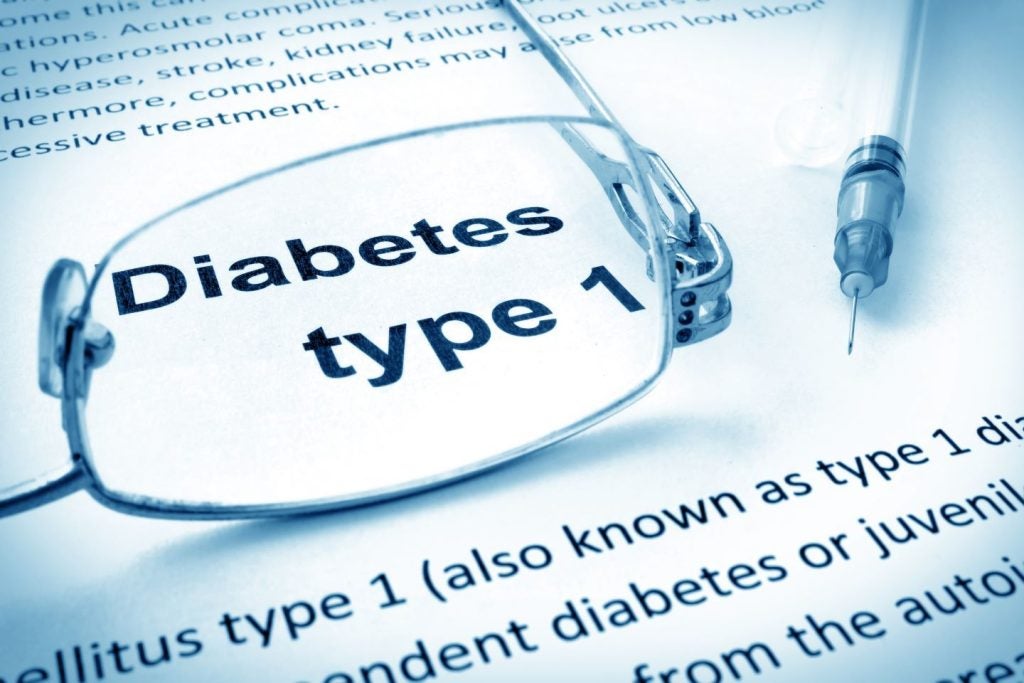At the European Association for the Study of Diabetes (EASD) 2024 conference, results were presented for a meta-analysis, shedding new light on the genetic transmission of type 1 diabetes (T1D) from parents to offspring. The study, which analysed data from over 11,000 individuals across five major T1D cohorts, delivers evidence on maternal protection against T1D in children, compared to paternal transmission. These findings may have significant implications for the field of diabetes care and drug development, opening up new avenues for understanding disease inheritance patterns and potential therapeutic approaches.
The meta-analysis, which included studies such as the TrialNet Pathway to Prevention Study, and others, found that offspring of fathers with T1D are almost twice as likely to develop the disease compared to those with affected mothers (overall odds ratio [OR] 1.79, p <0.0001). This difference persisted across both childhood (≤18 years) and adult-onset (>18 years) T1D. Notably, the excess risk associated with paternal T1D was primarily observed when the father was diagnosed before the birth of the offspring, suggesting the critical influence of pre-birth factors on T1D development.
The results indicate that in utero exposure to maternal T1D may offer a degree of protection, a concept that has long been suspected but lacked robust evidence until now. The study also highlighted that the age of T1D diagnosis and genetic risk scores were similar between offspring of affected mothers and fathers, suggesting that maternal protection operates independently of the established genetic risk factors traditionally associated with T1D. This points to other, possibly epigenetic or immunological, mechanisms as being responsible for this maternal protective effect.
This study's findings provide a fresh perspective on T1D inheritance and raise questions about the mechanisms behind maternal protection. For researchers and pharmaceutical companies, understanding these mechanisms could unlock new therapeutic strategies aimed at mimicking or enhancing this protective effect. The focus on maternal-influenced disease modulation suggests that prenatal or early-life interventions could potentially reduce the risk of T1D in genetically susceptible individuals.
As the role of genetics in T1D becomes better understood, these insights also present opportunities for more targeted risk assessment and stratification. Currently, genetic testing for T1D risk is based on the identification of certain alleles, such as those in the HLA region. However, the discovery that in utero factors may modulate genetic risk could lead to the development of more sophisticated diagnostic tools that incorporate both genetic and environmental factors, potentially shifting the focus from postnatal management to earlier, preventative interventions.
For pharmaceutical companies, the potential to harness maternal-like protective mechanisms opens up the possibility of developing therapies aimed at bolstering these defences. This could revolutionize the way we think about preventing T1D onset, especially in high-risk populations. Additionally, this research highlights the importance of understanding the timing of parental diagnosis relative to offspring birth. Drug developers could explore therapies that target immune regulation during pregnancy, focusing on how maternal immune environments affect offspring’s susceptibility to autoimmune conditions like T1D. This harmonises with the significant unmet need for disease-modifying therapies.
Key opinion leaders (KOLs) interviewed by GlobalData expressed that pharmaceutical companies “have to commit the resources [to disease-modifying therapeutics]. The community is eager to have studies done to show it.”
In conclusion, the results presented at EASD 2024 provide valuable new insights into the genetic and environmental interplay in T1D transmission, with the potential to influence both clinical practice and pharmaceutical innovation. As the understanding of maternal protection deepens, new preventative strategies may emerge, reshaping the future of T1D care.









